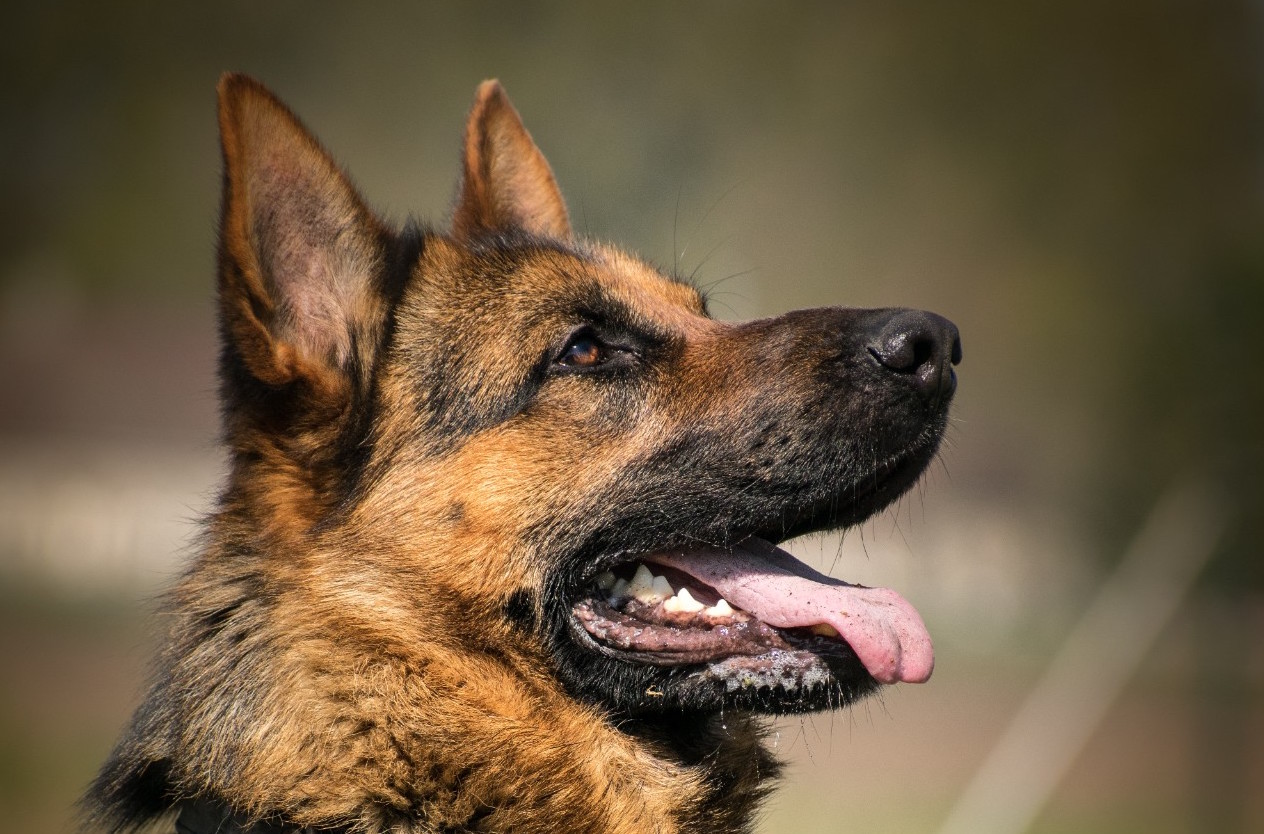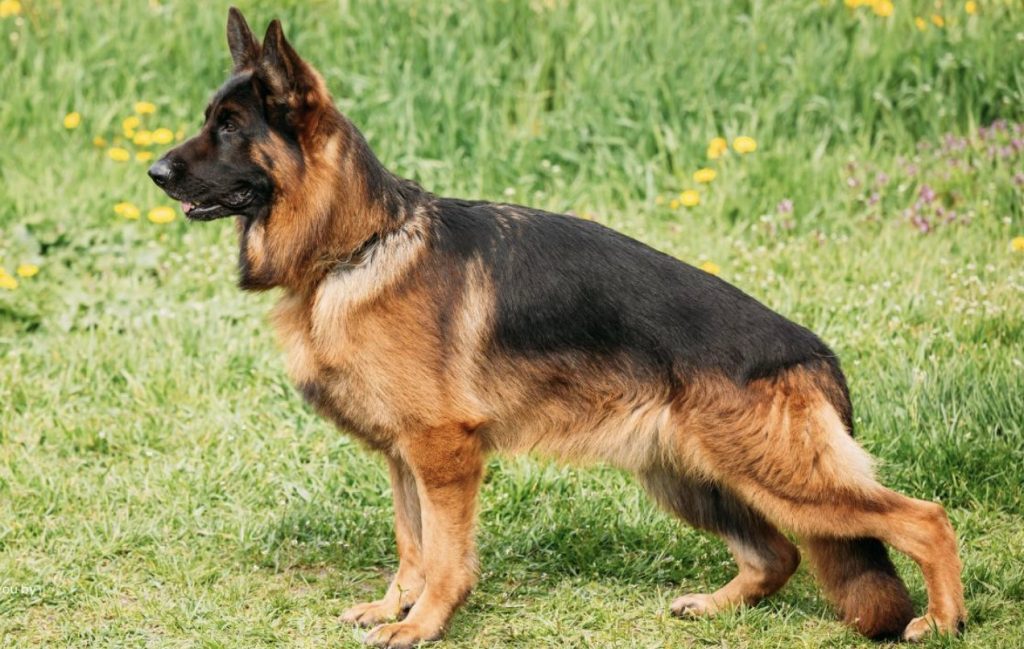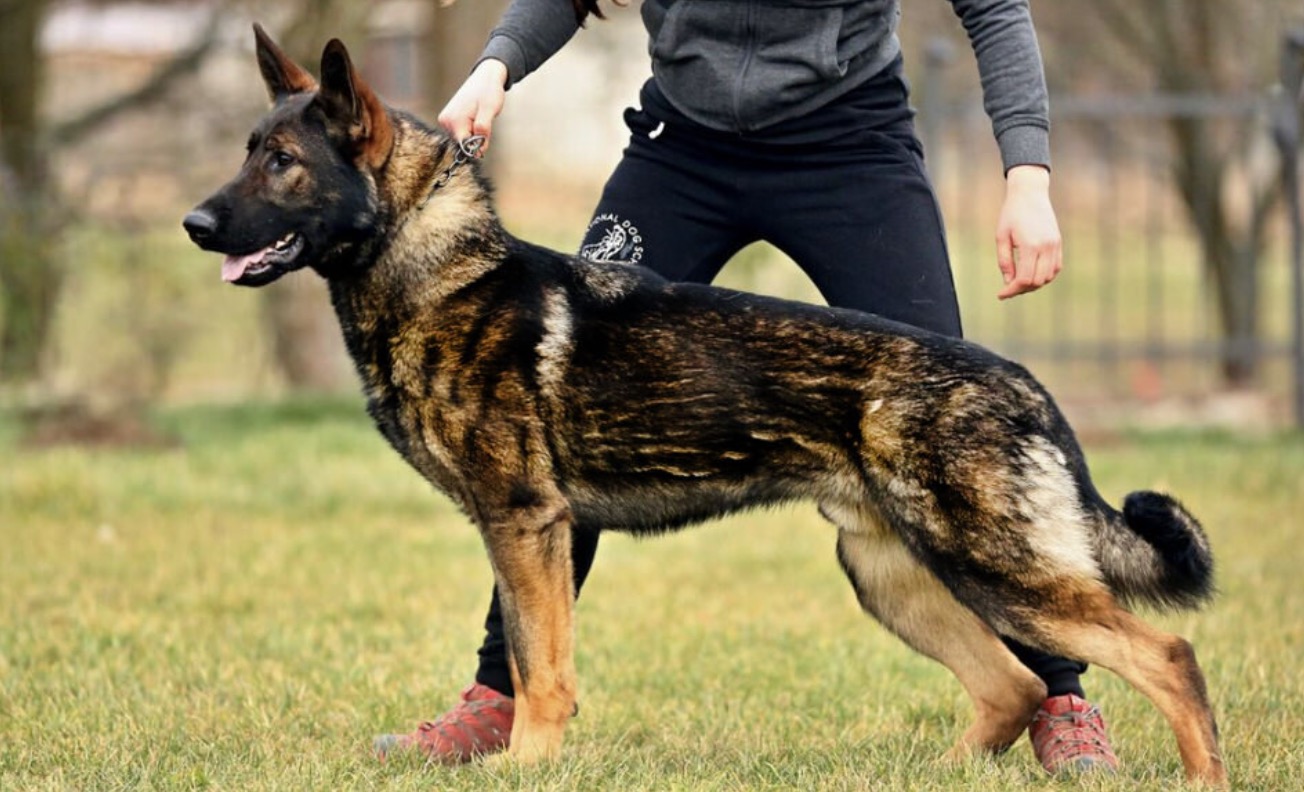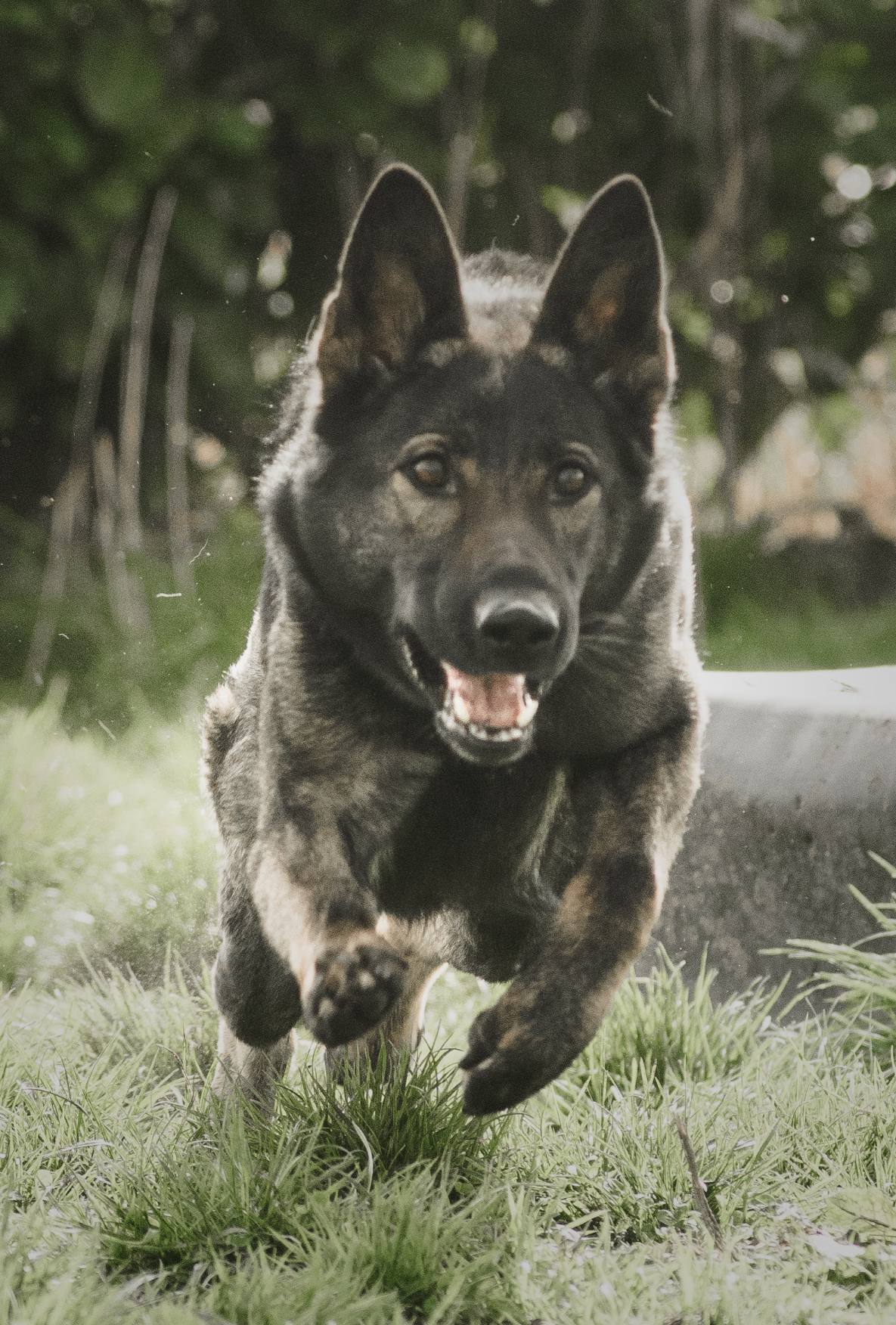German Shepherd Working Dog vs Show Dog: A Comprehensive Comparison
The German Shepherd is one of the most versatile and recognized dog breeds in the world, often admired for its intelligence, loyalty, and work ethic. However, there is a significant difference between German Shepherds bred for working purposes and those bred for show.
In this article, we will dive deep into the key distinctions between a German Shepherd working dog vs show dog. From physical appearance to temperament and training, each type has its unique attributes.
Whether you are considering a German Shepherd as a pet, a working companion, or a show dog, this article will guide you through understanding which type may be best suited for your needs.
This article is written for K10 Workingdogs in the Netherlands to give you general information on German Shepherds. As our company name says: we only train and sell working line German Shepherds. Please feel free to contact us anytime !

This blog discusses the differences between German Shepherd working dogs and show dogs. It highlights distinctions in their physical traits, temperaments, health issues, and purposes.
The article delves into why these differences exist, how each type is bred, and what qualities make them suitable for specific roles.
The blog is helpful for those considering a German Shepherd as a pet or professional companion.
1. Origins and Breeding Goals
The origins of the German Shepherd dog date back to the late 19th century in Germany, where the breed was originally developed for herding sheep and protecting livestock.
Over time, the breed’s intelligence, agility, and loyalty made it an ideal candidate for a wide range of working roles, including police and military work.
Today, the German Shepherd is bred for two primary purposes: working and show. Understanding the goals of each breeding category is crucial in distinguishing between a German Shepherd working dog vs show dog.
1.1. Working Dog Lineage
German Shepherds bred for working purposes often come from a strong lineage of dogs specifically chosen for their ability to perform demanding tasks.
These dogs are selected based on their strength, stamina, intelligence, and trainability.
They excel in fields like police work, search and rescue, military operations, and protection services.
The working dog’s primary purpose is to perform; therefore, their physical and mental attributes are tailored to meet the rigorous demands of their job.
1.2. Show Dog Lineage
In contrast, show-line German Shepherds are bred primarily for their appearance and adherence to breed standards set by kennel clubs.
These dogs compete in conformation shows where judges evaluate their physical traits such as coat condition, bone structure, and gait.
While show-line German Shepherds may still possess the intelligence and trainability the breed is known for, they are less likely to be used in high-intensity working roles.
2. Physical Differences Between German Shepherd Working Dog vs Show Dog
The physical traits of a German Shepherd working dog vs show dog vary significantly. Working dogs are typically leaner, more muscular, and built for endurance, while show dogs are often larger and bred for aesthetic appeal.
2.1. Body Structure
Working-line German Shepherds have a straighter back and a more athletic build.
This structure allows them to move quickly and with agility, which is essential for tasks like herding or chasing down criminals.
On the other hand, show-line German Shepherds often have a more sloped back, which can give them an exaggerated gait when they move.
 Photo : gsdcolony.com
Photo : gsdcolony.com
This sloping back is preferred in the show ring, but it can lead to health issues such as hip dysplasia over time. Read this article on gsdcolony.com
2.2. Coat and Coloration
Both working and show-line German Shepherds come in a variety of colors, but show dogs are typically bred to have more striking color patterns that conform to breed standards.
Working dogs are more likely to have functional coats that provide protection in harsh environments rather than coats selected for color or pattern.
This means that working-line German Shepherds may not always meet the strict color standards seen in show rings, where appearance is a priority.
 Photo: Debut Shepherds
Photo: Debut Shepherds
2.3. Head and Facial Features
In show-line dogs, the head is often more refined and aesthetic, with a specific focus on proportion and symmetry.
Working-line German Shepherds tend to have more robust, blocky heads designed for strength, which aids in protection and physical tasks.
3. Temperament and Drive
A key area where a German Shepherd working dog vs show dog differs is in their temperament and drive. While all German Shepherds share a common baseline of intelligence and loyalty, the way these traits manifest depends largely on their purpose.
3.1. Working Dogs
Working-line German Shepherds are typically bred for a higher drive, meaning they have an innate desire to work and perform tasks. They tend to be more focused, intense, and ready to engage in physical and mental challenges.
This makes them ideal for roles in the police force, military, or as service dogs. However, this high drive can make them a bit more challenging as pets unless they are given a structured environment with plenty of physical and mental stimulation.
3.2. Show Dogs
Show-line German Shepherds, while still intelligent and trainable, are generally bred for a more balanced, even-tempered personality.
This makes them easier to manage in domestic settings and ideal for homes where companionship, rather than work, is the primary focus.
Their calmer demeanor does not necessarily mean they lack energy or drive, but they are less likely to exhibit the same intense focus and determination as their working-line counterparts.
4. Training and Suitability
Training is crucial for any German Shepherd, but there are some significant differences in the approach and intensity required when comparing a German Shepherd working dog vs show dog.
4.1. Training for Working Dogs
Working-line German Shepherds require extensive training tailored to their role. Police or military dogs, for instance, undergo rigorous and specialized training that taps into their natural instincts for protection, detection, or attack.

These dogs need firm and consistent training from a handler experienced in working with high-drive dogs.
Moreover, they often perform in life-or-death situations, meaning their obedience and performance must be impeccable.
4.2. Training for Show Dogs
In contrast, show-line German Shepherds require training primarily focused on obedience, socialization, and preparing for conformation shows.
While they still benefit from learning basic commands and manners, the intensity of their training is often less compared to that of working dogs.
Their handlers focus more on developing a well-behaved, socialized companion that excels in the show ring rather than preparing them for high-stakes work environments.
5. Health and Longevity
When comparing a German Shepherd working dog vs show dog, health is another important factor to consider. Both lines of the breed are prone to specific health problems, but the reasons behind these issues differ.
5.1. Health Concerns in Working Dogs
Working-line German Shepherds are generally healthier due to the breeding focus on function and performance.
Since they are bred to be physically capable, working dogs are less likely to suffer from some of the skeletal issues that plague show-line dogs.
However, their high-energy lifestyle can sometimes lead to injuries related to overexertion or the physical demands of their jobs.
5.2. Health Concerns in Show Dogs
Show-line German Shepherds, especially those with a heavily sloped back, are more prone to issues like hip dysplasia.
This genetic condition can cause pain and limit mobility as the dog ages. Additionally, the selective breeding for certain physical traits in show dogs can sometimes lead to a narrower gene pool, which may increase the likelihood of inherited health problems.
6. Which German Shepherd is Right for You?
Choosing between a German Shepherd working dog vs show dog ultimately depends on your needs and lifestyle.
If you’re looking for a dog to assist in professional work, such as security or law enforcement, a working-line German Shepherd is the clear choice.
Their physical capabilities, intelligence, and drive make them perfect for demanding roles.
However, if you’re interested in a German Shepherd for companionship, family life, or participation in conformation shows, a show-line German Shepherd may be a better fit.
They are still loyal, intelligent, and trainable but are often easier to manage in a home setting due to their calmer temperament.
Conclusion
Both working-line and show-line German Shepherds possess the core qualities that make the breed so beloved.
Whether it’s the strength and determination of a working dog or the grace and beauty of a show dog, each line has its strengths and appeal.
By understanding the differences between a German Shepherd working dog vs show dog, you can make an informed decision and find the perfect German Shepherd that aligns with your needs.
K10 Workingdogs in the Netherlands is one of the worlds largest supplier of working line German Shepherds. We do not train or sell show line German Shepherds.
